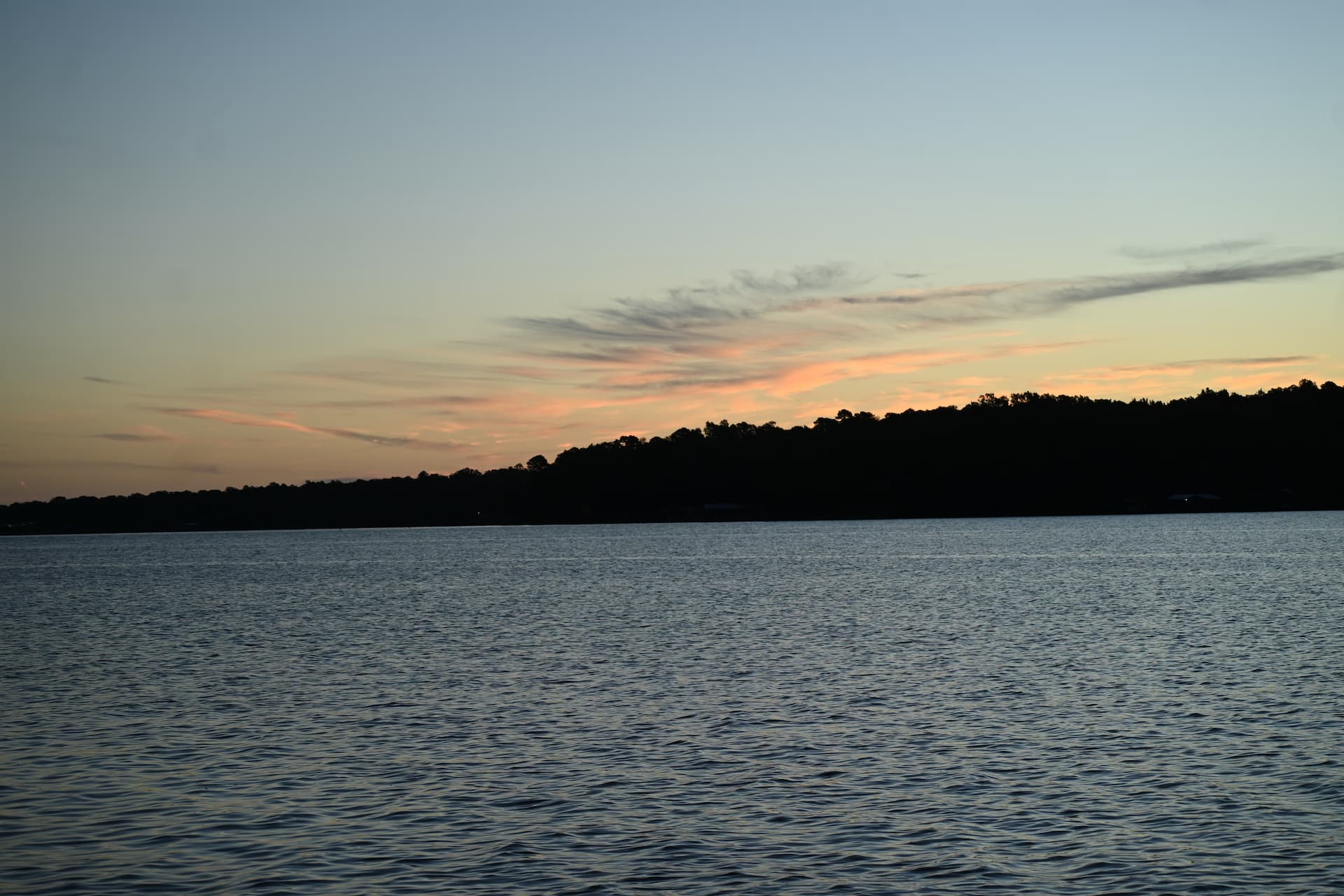Description
The common carp (Ictiobus cyprinellus) is a large, freshwater fish species native to North America. Belonging to the sucker family Catostomidae, it possesses a streamlined body with large scales and a distinct, cavernous mouth – the feature that lends the species its common name. Its coloration varies from silvery-gray to olive-brown, allowing it to blend seamlessly into its aquatic surroundings.
Distribution
The common carp is naturally found in various river systems, lakes, and reservoirs across North America, extending from the Great Lakes region to the Gulf of Mexico. It prefers slow-moving or still waters with abundant vegetation and ample food sources.
Habitat and Behavior
Common carp inhabit a diverse range of freshwater habitats, including rivers, ponds, lakes, and backwater areas. They are often associated with areas rich in aquatic vegetation, as this provides shelter and food sources. As filter feeders, they use their specialized gill rakers to sieve plankton, algae, and organic matter from the water column. During spawning, they migrate to shallow areas with submerged vegetation.
Reproduction
Spawning for Common carp occurs during the spring and early summer months when water temperatures rise. They are broadcast spawners, releasing eggs and milt into the water. Eggs adhere to submerged vegetation or structures until they hatch, after which the larvae drift along with the current. Young carp grow rapidly during their first few years.
Ecological Role
Common carp play an important role in aquatic ecosystems as filter feeders. By consuming plankton and detritus, they help regulate water quality and nutrient levels. Their feeding behavior can influence the distribution of algae and other microorganisms, contributing to the overall health of their habitats.
Management
Common carp populations are generally stable in their native range. However, concerns arise when they are introduced to new ecosystems where they can become invasive. Due to their large size and filter-feeding behavior, they have the potential to disrupt local food webs and compete with native species for resources. To manage their impact, it’s important to prevent their unintentional spread to new areas and promote responsible angling practices.
The common carp, with its unique feeding habits and widespread distribution, serves as a reminder of the delicate balance within aquatic ecosystems. Conservation efforts should focus on maintaining healthy habitats while minimizing the risks associated with introductions to non-native environments.
